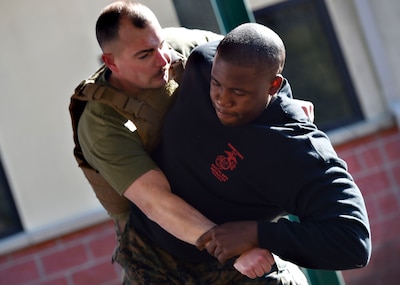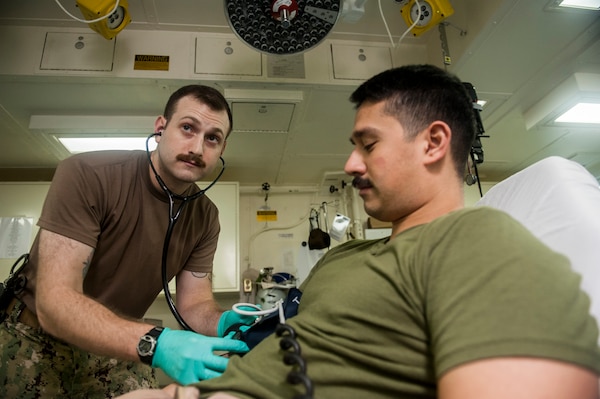By Jim Garamone DoD News, Defense Media Activity
WASHINGTON, Feb. 15, 2018 — NATO defense ministers agreed to
continue projecting stability beyond its borders and will continue to build
capabilities within the alliance, Defense Secretary James N. Mattis said in
Brussels today.
“In a world awash in change, NATO stands firm as an island
of stability in a turbulent sea,” Mattis said during a news conference at the
conclusion of the meeting.
Projecting stability requires the alliance’s political
stance to be backed by military forces that are fit to fight, the secretary
said. This will reduce the chance of miscalculation by any adversary.
Adapting to Changing Times
NATO, he added, must continue to adapt to the changing times
and changing capabilities of any adversaries.
During the ministerial, the defense leaders discussed the
recently published U.S. Nuclear Posture Review. Mattis said that many allies
had been consulted on the study.
“The review was very well received across the alliance, the
secretary said. “The U.S. approach to nuclear deterrence embraces two co-equal
principles: First, ensuring a safe, secure and effective nuclear deterrent, and
second, working wherever possible for nuclear non-proliferation and arms
control.”
Mattis was pleased on discussions about burden-sharing in
the alliance. He noted that alliance nations have increased defense spending
and are working on improving “the culture of readiness.” This will provide
ready forces that will be responsive to NATO’s political direction.
The alliance must make political decisions faster, adapt the
command structure and accelerate military mobility in conjunction with the
European Union, the secretary said.
NATO Spending Increases
A total of eight NATO nations will meet the target of spending
2 percent of gross domestic product on defense and 15 nations will hit that
mark by 2024. Mattis noted that France is forecasting hitting that level in
2025.
“Year-on-year across the alliance, 2017 saw the largest
growth … as a percentage of GDP, and the largest real growth in a quarter
century,” he said. This has added $46 billion to defense across the alliance.
NATO is a member of the global coalition to defeat the
Islamic State of Iraq and Syria, and defense ministers agreed to remain
committed to the immediate and longer-term missions in Iraq.
“NATO will sustain its investment in Iraq to project
stability into the geopolitical heart of the Middle East,” Mattis said.
“America supports NATO’s initiative for a NATO training mission in Iraq.”
NATO is also a stalwart part of the mission to Afghanistan
and the ministers committed to filling critical shortfalls in the staffs.
“It is the collective dedication of the 29 nations, and
working together creates the collective strength as we fight the threats from
the east and the south to defend our values,” he said. “There is much that
needs to be done, but NATO is on the right trajectory.”









